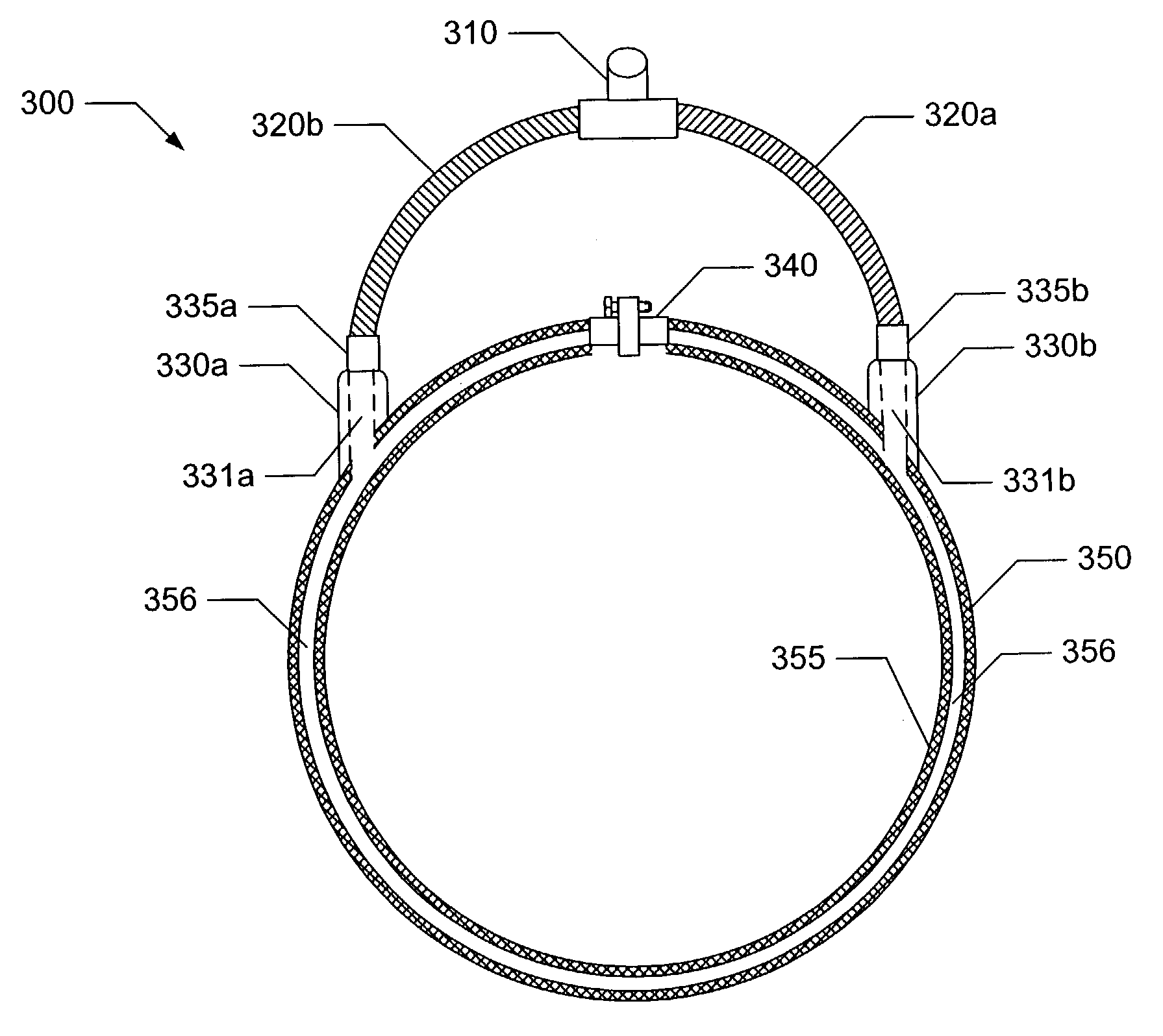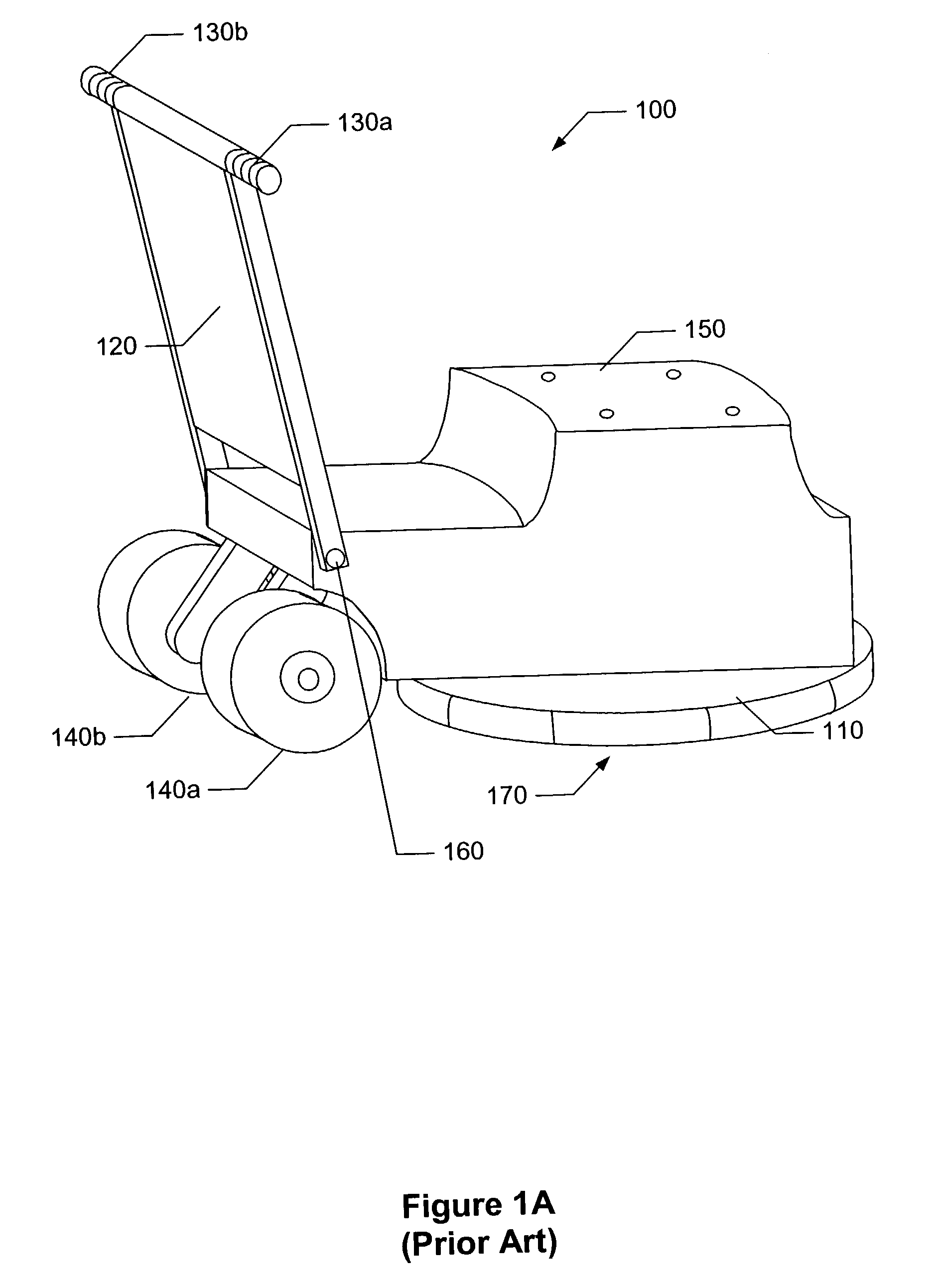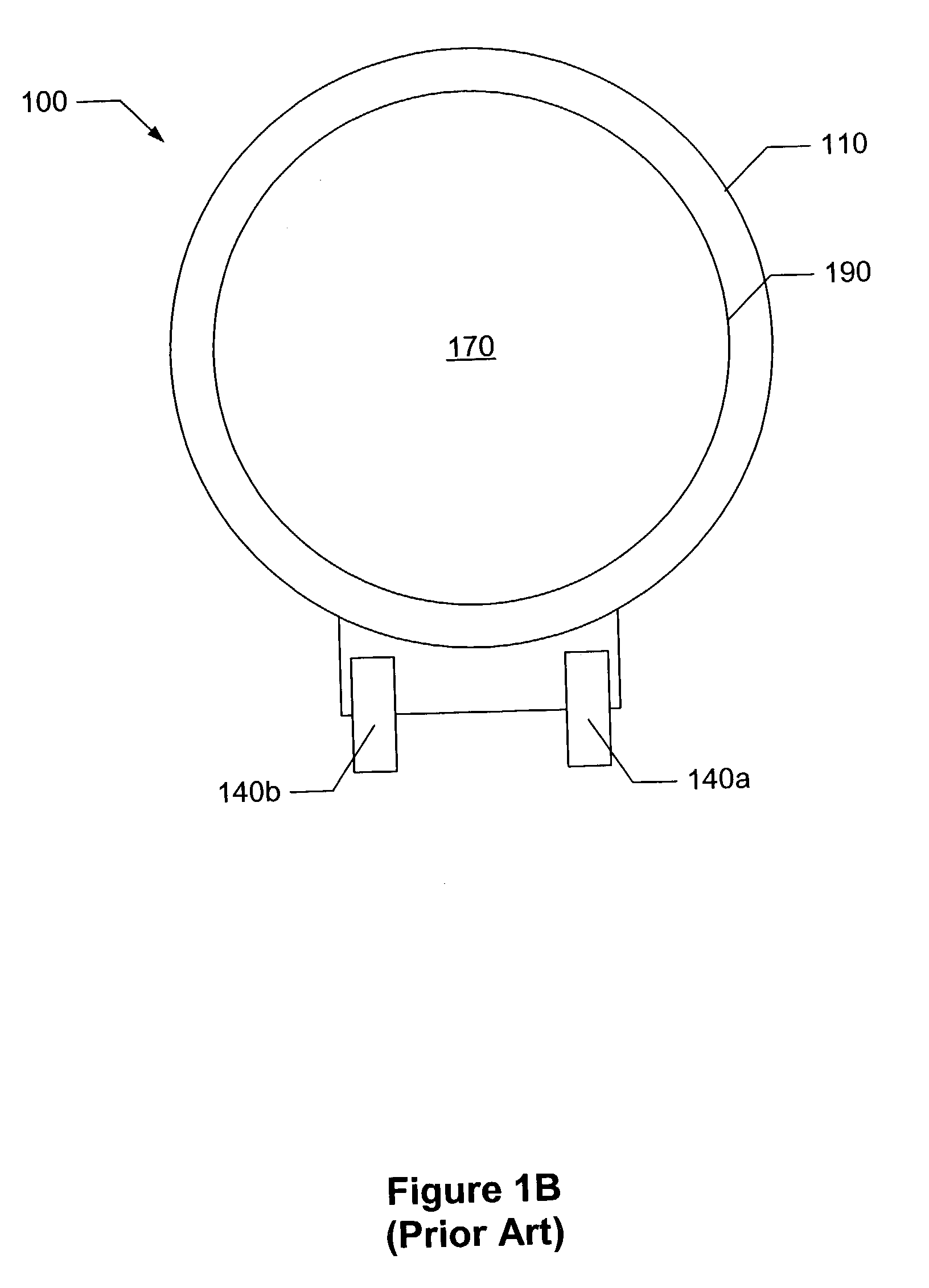System and methods for reducing dust emissions
a technology of dust emission and dust capture, applied in the field of dust emission reduction systems, can solve the problems of creating and emitting dust particles, affecting the health of individuals, and affecting the general environment, so as to reduce dust emissions and reduce dust emissions
- Summary
- Abstract
- Description
- Claims
- Application Information
AI Technical Summary
Benefits of technology
Problems solved by technology
Method used
Image
Examples
Embodiment Construction
[0024]Dust reduction systems and methods useful in relation to a variety of systems and devices. Some of the systems include a dust catch disposed around the periphery of an abrasion surface and / or an abrasion device. The dust catch can include an inlet and a discharger. In some cases, the discharger includes a vacuum that pulls dust particles in through the inlet and expels the particles into an accumulator. In various cases, the inlet is placed such that it surrounds at least a portion of an abrasion surface and / or abrasion device so that when dust particles are expelled from the abrasion surface or abrasion device, they are captured at the inlet, and removed to an accumulator by a discharger. In some cases, the inlet surrounds less than a quarter of the perimeter of the abrasion surface, while in other cases, the inlet entirely surrounds the abrasion surface.
[0025]Turning to FIGS. 1a and 1b, a prior art floor sander 100 and / or buffer is illustrated. For the purposes of this docum...
PUM
| Property | Measurement | Unit |
|---|---|---|
| perimeter | aaaaa | aaaaa |
| size | aaaaa | aaaaa |
| area | aaaaa | aaaaa |
Abstract
Description
Claims
Application Information
 Login to View More
Login to View More - R&D
- Intellectual Property
- Life Sciences
- Materials
- Tech Scout
- Unparalleled Data Quality
- Higher Quality Content
- 60% Fewer Hallucinations
Browse by: Latest US Patents, China's latest patents, Technical Efficacy Thesaurus, Application Domain, Technology Topic, Popular Technical Reports.
© 2025 PatSnap. All rights reserved.Legal|Privacy policy|Modern Slavery Act Transparency Statement|Sitemap|About US| Contact US: help@patsnap.com



